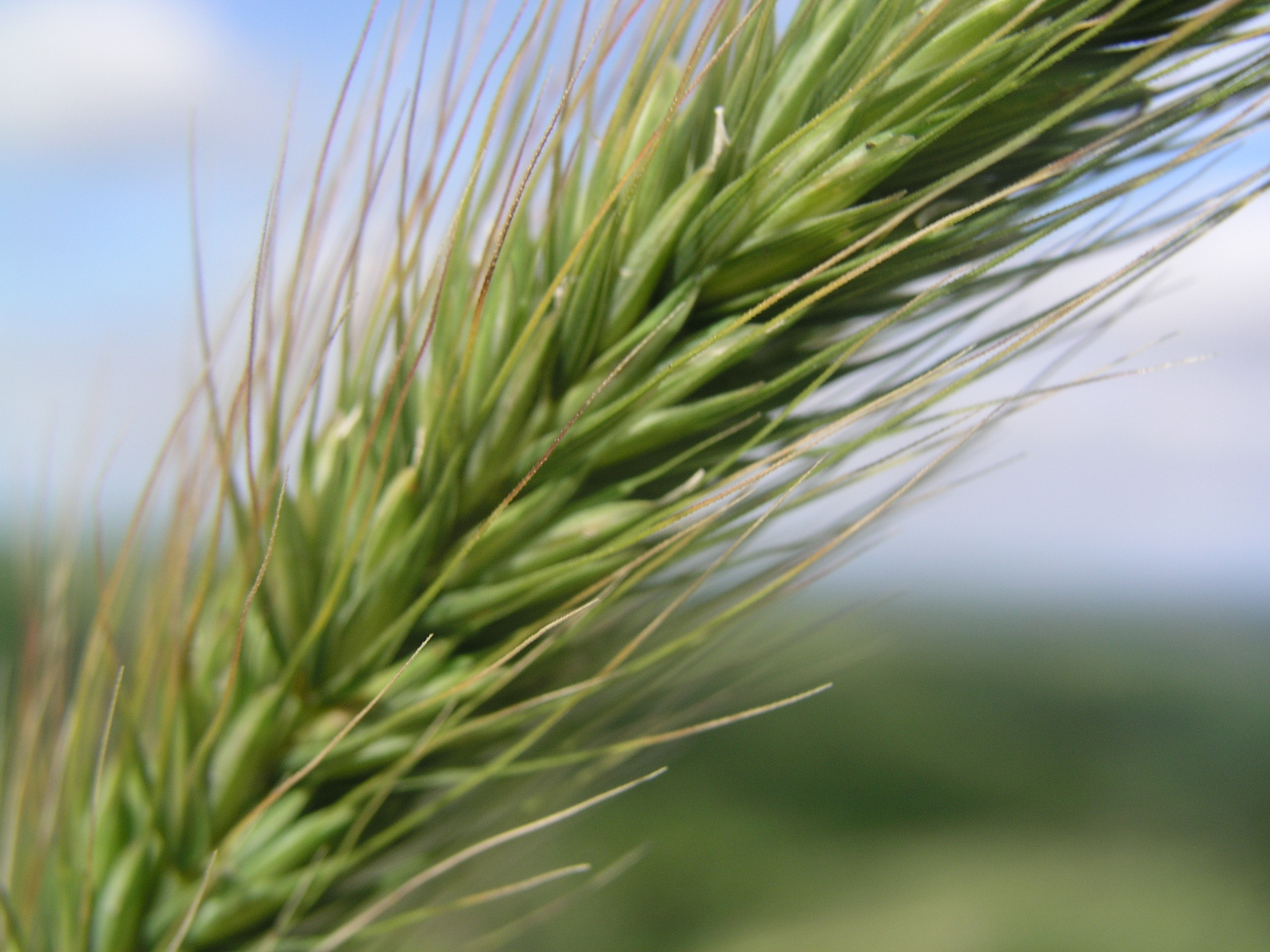New sensor system sniffs out mycotoxins in wheat

The EU funded MYCOHUNT project developed a system that can sniff out mycotoxins in wheat almost immediately. It is expected to be on the market within two years.
Mycotoxins – produced by fungi – contaminate about 25 % of food crops worldwide, according to the latest estimates. Detecting contamination quickly and reliably is essential for food safety, as mycotoxins could be transferred to bread, for instance, making it unsafe to eat.
Automatic sampling
In an attempt to speed up the detection process, the MYCOHUNT project developed an innovative rapid biosensor for deoxynivalenol (DON) in wheat. DON is a mycotoxin most commonly formed in wheat, barley, oats, rye, and maize. Traditional detection methods – usually performed off-site – rely on the sampling of the wheat grain and require human intervention, which leaves greater room for error. The MYCOHUNT system automatically samples the dust of the wheat grain on-site during harvesting or transfer.
Results within 30 minutes
Connected to the transportation pipes or purifying units of the wheat processing facility, the device collects dust samples from each lot and forwards them to the measuring unit. This unit contains a highly sensitive biosensor with specially developed DON-detecting antibodies. Calculated on the basis of this correlation, the computer-based control and monitoring unit shows the results within 20 to 30 minutes, depending on the amount of wheat. Traditional methods can take days. This enables traders, millers or growers to monitor crop quality more quickly and efficiently.
Route to market
Testing of the prototype under laboratory conditions and in the field, as well as the training provided to the participating SMEs, went well. Additional tests are now necessary before the finishing touches can be introduced to the system to make it market-ready. They are hoping to introduce the working industrial unit to the market within two years of project completion.
Source: Horizon2020











